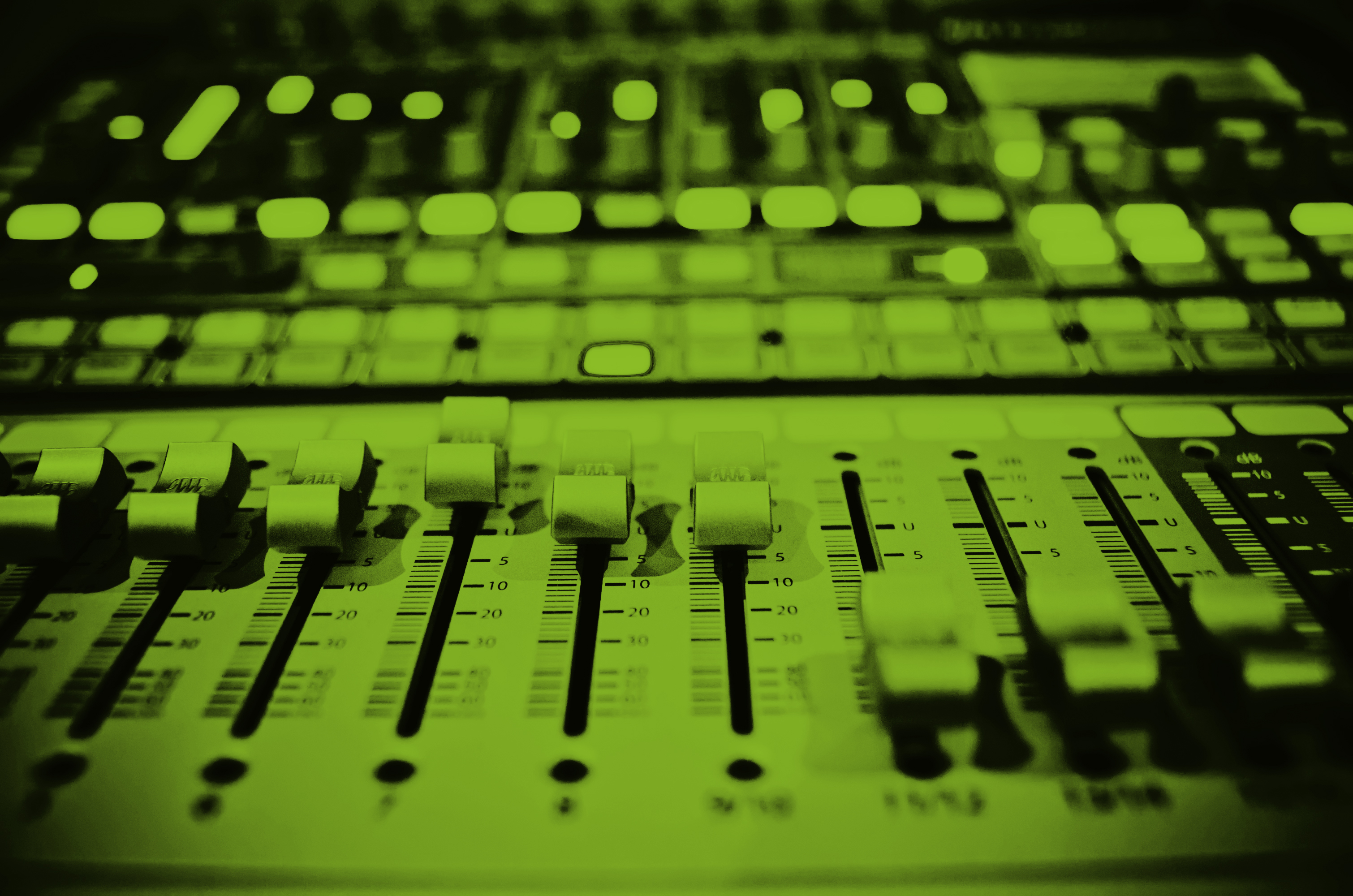![]()
A Three-Part Story on Home-Studio Recording
After learning the basics, there are those of us that eventually will want to raise the bar, even in our home or project studios. Even if you start small, you’ll probably want to upgrade your gear. There are things like better reference monitors to help you better hear your mix, outboard gear and even things like upgraded cabling, but here are three places you’ll get the maximum sonic improvements for your hard-earned dollars.
1) Upgrade Your Audio Interface
This is where you should put your money first. The interface is your DAW’s translator from the analog realm to the digital realm and bang-for-buck-wise, you won’t see any bigger jump in sound quality. The interface takes the electrical impulses from your analog sound sources and chops them up into digital data that your computer can manipulate before sending it back out the other way to your mixer/speakers. Remember that saying about garbage in, garbage out? This is where most of the junk in your sounds will come from when you’re just starting out. Cheap-o electronics just don’t move electrons like the good stuff. I’m not going to recommend any specific models, as what you need is a very subjective topic, but do the research and listen before you buy. You will hear a difference. Check out units from Lynx, Apogee, Universal Audio and Avid.
2) High Quality Pre-Amps
DAW trends come and go, but a high quality pre-amp coupled with a high-end audio interface and a great mic – that’s putting your best foot forward. Some of the manufacturers that make high end recording desks like Neve, API, and SSL are starting to make smaller individual preamp modules that can be bought separately and loaded into 500 series rack chassis or even a more portable option often called “lunchboxes.” This allows for producers to phase in the costs of high-end signal paths by buying some of their favorite preamps and dynamics modules a la carte, at stripped down costs, and slowly build their “money channels” that they use for recording the featured elements of their productions. Check out options from API, Neve, and others. I’d also take a look at Vintech, who makes some killer 500-series preamps modeled after classic sought after units for a fraction of the price for originals.
3) A Variety of Microphones
Building a mic closet that’s full of classic microphones will go a long way. As we all discover along this road – one of the most effective ways you can make a particular source sit in a mix right is to use the right mic for the job. Not all high-end mics cost as much as a car. By researching and acquiring the right microphones for your applications, you’ll take your studio (home or otherwise) to the next level. Commercial studio what? If you can get past the inherent flaming nature of online forums, check out www.gearslutz.com for plenty of advice on which mics to try for your next project.
It wasn’t until years after my formal production education when I was working with some of the best engineers in the biz that I discovered the true challenge and art form in recording music. What it’s really about is capturing and delivering to a listener, in the most authentic and unaffected way possible, a truly musical experience. The sound of a talented singer’s voice – the way it sounds when it’s right in front of you and you can actually hear air being shaped by a human instrument. Hearing the sound of the fingertips on a finely handcrafted acoustic guitar and its fundamental resonation of wood and wire. That’s what people come back for and it’s what we consumers of music seek out and (hopefully) pay for. Heck, that’s where it all started, when people actually had to physically be there to experience music. I’ll close with this, home-recording revolutionaries, the essence of a great production (whether home studio or otherwise) is keeping the focus on the natural element, and although we may use our tools to enhance it at times, we must always avoid blurring the image of the music.
Check out Part 1 Check out Part 2

